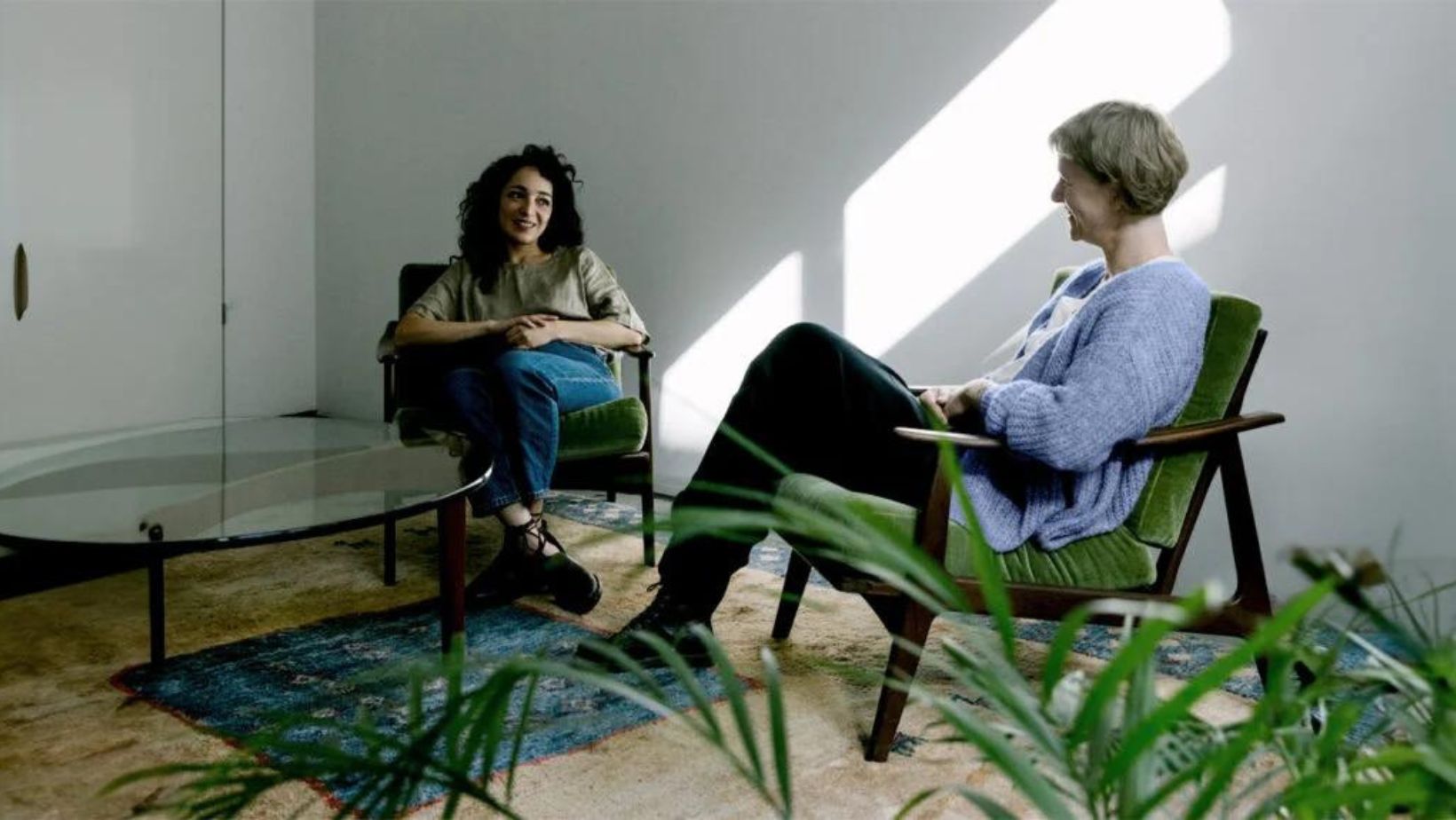When considering therapy, the array of options available can feel overwhelming. Understanding the different types can help you make an informed choice that suits your specific needs. This guide breaks down various therapy types and provides tips on how to select the right one for you.
Physical Therapy
Physical therapy focuses on improving mobility, alleviating pain, and restoring function through targeted exercises and treatments. Whether you’re recovering from surgery, managing a chronic condition, or recovering from an injury, a physical therapist, about which you can read more at BeOnTheMove, will design a personalized program tailored to your specific needs. Treatment may include manual therapy, strength training, and education on body mechanics to prevent further injuries.
- Holistic Approach: Physical therapy often takes a holistic view of your health, considering not just the injury but also your overall physical condition and lifestyle. This comprehensive approach helps you understand how various factors contribute to your recovery, enabling you to make informed choices about your health.
- Long-Term Benefits: Engaging in physical therapy can lead to lasting improvements in your strength and flexibility, enhancing your overall quality of life. By developing a routine of exercises and stretches, you’ll not only address current issues but also build resilience against future injuries.
Cognitive Behavioral Therapy (CBT)
Cognitive Behavioral Therapy is a structured, goal-oriented approach that focuses on identifying and changing negative thought patterns and behaviors. CBT is effective for a range of issues, including anxiety, depression, and stress management. In therapy, you’ll learn practical skills to challenge harmful thoughts and develop healthier coping mechanisms. This therapy typically involves regular sessions where you can track your progress and address specific goals.
- Skill Development: CBT emphasizes the development of practical skills you can apply in daily life. Techniques like thought records help you recognize negative patterns and replace them with constructive thoughts, leading to long-term emotional resilience.
- Time-Limited Approach: Most CBT programs are designed to be short-term, usually lasting between 12 to 20 sessions. This time-limited nature can provide a clear sense of structure and progress, making it easier for you to commit to the process.
Humanistic Therapy
Humanistic therapy emphasizes personal growth and self-actualization. It focuses on your capacity for self-improvement and encourages you to take responsibility for your choices.

This approach fosters a supportive environment where you can express yourself freely. Techniques such as active listening and empathy are central to humanistic therapy, helping you explore your feelings and aspirations without judgment.
Dialectical Behavior Therapy (DBT)
Originally developed for individuals with borderline personality disorder, Dialectical Behavior Therapy combines cognitive-behavioral techniques with mindfulness practices. DBT focuses on teaching you skills to manage emotions, improve interpersonal relationships, and reduce self-destructive behaviors. It includes individual therapy and group skills training sessions, providing a comprehensive approach to mental health care.
- Mindfulness Practices: A cornerstone of DBT is mindfulness, which helps you stay present and aware of your emotions without judgment. Learning these skills can significantly reduce emotional reactivity, allowing you to respond to situations more calmly and thoughtfully.
- Skills Training Modules: DBT typically includes four key modules: mindfulness, distress tolerance, emotion regulation, and interpersonal effectiveness. Each module offers specific tools and strategies that can enhance your overall emotional well-being and relationship skills.
Family and Couples Therapy
Family and couples therapy involves working with multiple people to address issues affecting relationships. This therapy type focuses on improving communication, resolving conflicts, and understanding family dynamics. A therapist guides discussions and helps all parties express their feelings and perspectives. This collaborative approach can strengthen relationships and foster a healthier family environment.
- Dynamic Understanding: Family therapy explores the dynamics within relationships, helping you recognize patterns of interaction that may contribute to conflict. Gaining this understanding can lead to more constructive communication and improved relationships.
- Involvement of All Parties: Involving all relevant family members or partners allows for a comprehensive approach to problem-solving. Everyone’s voice is heard, fostering a sense of inclusion and shared responsibility for change.
Group Therapy
Group therapy offers the opportunity to connect with others facing similar challenges. This type of therapy is led by a trained facilitator and encourages sharing experiences in a supportive setting. You can gain valuable insights from others while also learning to articulate your feelings in a group context. Group therapy can be particularly helpful for issues like addiction, grief, or social anxiety.

Choosing the right therapy type is crucial for effective mental health support. Reflect on your personal needs, preferences, and the specific issues you’re facing. Research different approaches, and consider scheduling consultations with therapists to discuss your options. Finding a therapy type that resonates with you can make a significant difference in your healing journey. Take the time to explore, and don’t hesitate to seek help. Your mental well-being is worth the effort.
